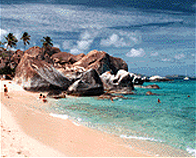15-DAY AMAZON/CARIBBEAN CRUISE
December 28, 2002 – January 12, 2003
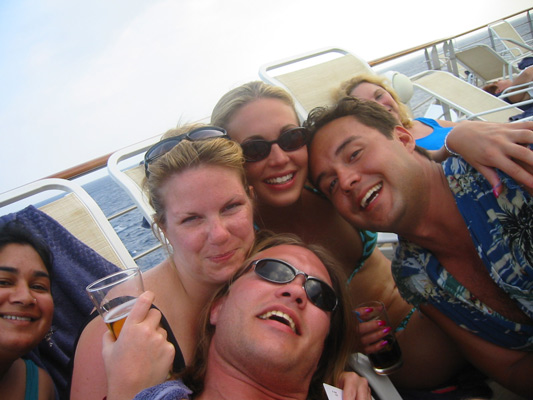
Itinerary
|
Port
|
Day
|
Arrival
|
Departure
|
|
Saturday, 28 December |
0800 |
1500 |
|
|
Sunday, 29 December |
- |
- |
|
|
Monday, 30 December |
1300 |
1700 |
|
|
Tuesday, 31 December |
0800 |
1300 |
|
|
Wednesday, 1 January |
- |
- |
|
|
Thursday, 2 January |
0800 |
- |
|
|
Macapá Pilot Station, Brazil |
Thursday, 2 January |
1500 |
1630 |
|
Friday, 3 January |
1400 |
1800 |
|
|
Saturday, 4 January |
0830 |
1830 |
|
|
Sunday, 5 January |
1400 |
1800 |
|
|
Macapá Pilot Station, Brazil |
Monday, 6 January |
0900 |
0930 |
| Monday, 6 January |
- |
1600 |
|
|
(Cancelled) |
Tuesday, 7 January |
0630 |
1130 |
|
Wednesday, 8 January |
1400 |
2000 |
|
|
Thursday, 9 January |
0800 |
1300 |
|
| Thursday, 9 January |
1500 |
1900 |
|
|
Friday, 10 January |
0700 |
1400 |
|
|
At Sea |
Saturday, 11 January |
- |
- |
|
Fort Lauderdale |
Sunday, 12 January |
0800 |
- |
More Pictures

St. Barthelemy, a favorite retreat for the rich and famous, is renowned for its natural beauty, delicious cuisine, chic boutiques and relaxed ambiance. From its picturesque harbor to its twenty spectacular beaches, many travelers consider this beautiful little island to be the closest thing to heaven on earth. The island offers the best that money can buy in the way of peace and quiet, scenery, nice people, French food and wines, along with sun, sand and sea.
Barbados is a limestone and coral island of 166 miles with white sand beaches, rolling hills, fields of sugar cane, flowering trees, and brightly painted villages. Unbroken British rule from 1625 until independence in 1966 has earned Barbados the nickname, “Little England.” The statue of Lord Nelson in Trafalgar Square, an abundance of parish churches, and the popularity of afternoon tea and cricket attest to the British influence. In addition to the British influence, family life, food and music have strong elements of West Indian culture.
Amazon Entry
- Leave the Atlantic Ocean behind as you enter the gateway to the Amazon
River – the Amazon Delta. Just north of the equator, the ship maneuvers through
the Canal do Norte approaching the tropical wonder. As you begin your entry
into the Amazon, appreciate this majestic ecosystem that is responsible for
one-fifth of the world’s supply of fresh water as well as the production of
one-third of the world’s oxygen. The river also contains more species of flora
and fauna than any other ecosystem.
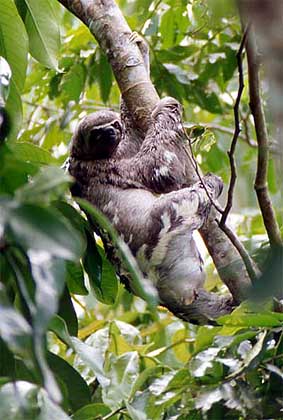
Macapá (Pilot
Station) is approximately 100 miles from the entrance to the Amazon River
and once housed the largest fort in Brazil. The capital of the Amapá region,
Macapá also has the distinction of being one of only five cities in the world
lying directly on the equator. The Macapá pilot joins our vessel and navigates
the ship through the Amazon.
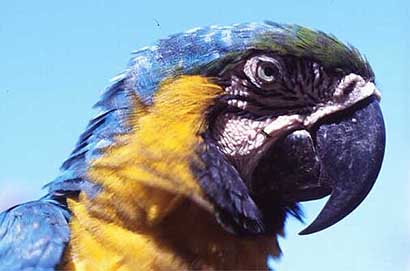
Boca da Valeria
lies at the entrance of the Valeria River – a tributary of the Amazon.
Overlooking the Amazon on the bank of a 400-foot hill, this village is home
to the ribeirrinhos, or river people. Explore the settlement as your
senses come alive while chatting with the locals, listening to the sounds of
the jungle or having a flash back of your Semester as you barter for
hand-made crafts. This stop is an interesting and colorful addition to your
Amazon experience.
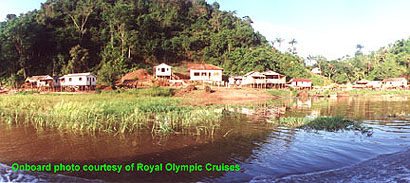
Manaus lies at the 1,000-mile mark of the Amazon resting on the Rio Negro. Once called “The Paris of the Tropics, its splendid architecture is still seen today. The main port of the Amazon and the capital city of Amazonas State, Manaus is also known for its exports of rubber, timber, Brazil nuts and other products derived from the rainforest. Stroll through the city and see the impressive Teatro Amazonas opera house or the Rio Negro Palace. Approximately 10 miles from Manaus, view one of the most impressive natural sites, the “meeting of the waters.” Here, without mixing for three miles, the dark waters of Rio Negro flow alongside the clearer waters of Rio Solimões.
Santarem’s first
recorded settlement dates back to 1661 with the building of a Jesuit mission.
However, it was the rubber trade during the 1800s that placed Santarem on the
map. During the 1920’s, American interest increased as Henry Ford spent a considerable
fortune ($80 million) building a rubber plantation only to have his dreams fade
as the jungle rejected his desires. Located on the Tapajos River, Santarem is
still an important trading center in the Amazon. Continue your water exploration
as you view the “Wedding of the Waters” where you can see the clear waters of
the Tapajos River flow into the Amazon. Taste some of the flavors of the area
with some local cassava bread or tapioca, both of which are derived from the
Santarem’s manioc root.
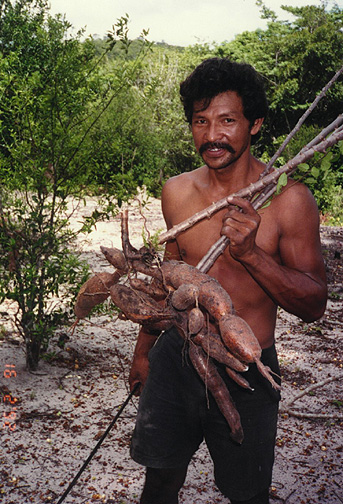
Devil’s Island
is one of three small islands off the coast of French Guiana that were a refuge
for early French colonists escaping the mainland’s diseases. The novel Papillon
is based on the brutal prison that was constructed on Devil’s Island after
the French Revolution. The eerie ruins include the guards’ quarters, prisoners’
cells, hospital, and guillotine site which can all be visited. The lush rainforest
that has taken over the island is now home to an abundant array of wildlife
such as, squirrel monkeys, macaws, and butterflies.
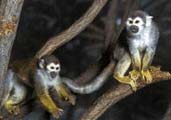
Trinidad
was discovered by Columbus in 1498 and since then has been populated by immigrants
from almost every corner of the world – Africa, Europe, the Middle East, India,
China, and the Americas. The birthplace of calypso and steel drums, Trinidad
is the ultimate Caribbean kaleidoscope with more than 50 nationalities and ethnic
groups that comprise its richly textured society. This island is completely
different from the other islands of the Caribbean, and that forms part of its
charm and appeal. Trinidad is also reputed to have some of the most spectacular
scenery and wildlife in the Caribbean, including 700 varieties of orchids and
400 species of birds.
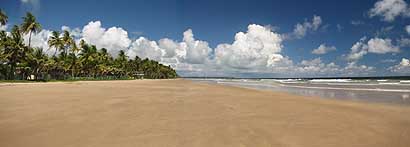
Dominica
was the last of the Caribbean islands to be colonized by Europeans and the first
Caribbean nation to have a female prime minister, Mary Eugenia Charles, who
remained in office for 15 years (1980-1995). With an extensive and unspoiled
rainforest, 365 rivers, one of the world’s largest Boiling Lakes and a host
of waterfalls, Dominica is known as “The Nature Island of the Caribbean.” Underwater,
the scenery is just as exciting and varied; Dominica is rated as one of the
top dive spots in the world.
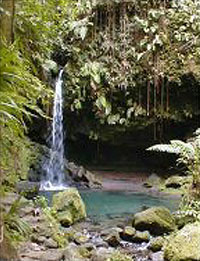
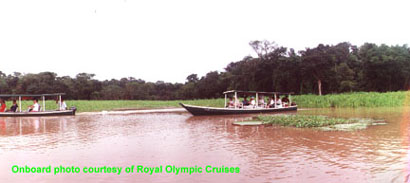
Virgin Gorda
in the British Virgin Islands is an appealing destination and a great escape.
It has a small, friendly population of only about 1,500, and visitors may
see more goats on the road than cars! The unique, boulder-lined beach known
as The Baths is a great spot for photography as well as snorkeling. If you
want a more private spot, other beaches, such as Spring Bay and The Crawl, are
found just north of The Baths.
